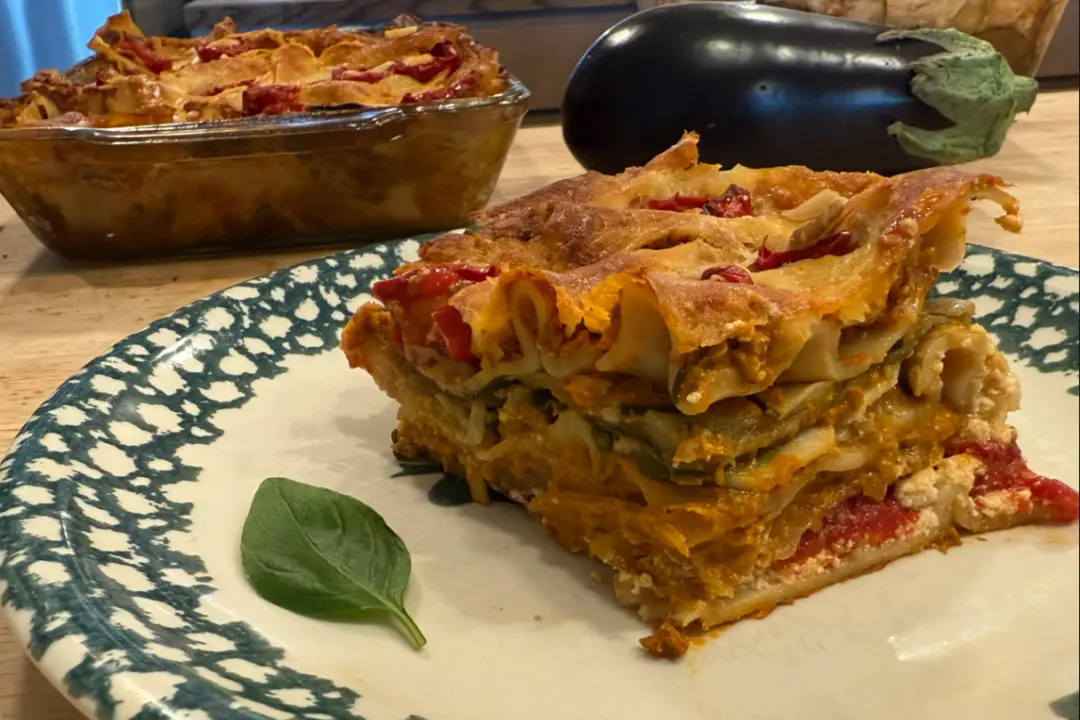Curly parsley is widely scorned by the culinary elite. Aspiring chefs absorb this disdain from a young age, and quickly understand that getting ahead in this game requires committing instead to the flat-leafed version, also called Italian parsley. But in my parsley potato salad recipe, curly parsley does the heavy lifting.
Typecast as a garnish, curly parsley struggles to find any other purpose on the plate. It is admittedly tougher than flat, which means you have to work harder to extract the flavor. And while some eaters value an abundance of fiber in their diets, others will make a case for vegetables that lack the consistency of steel wool. Curly parsley can also be harder to clean, and the stems can curl over to make trimming them more of a chore.





